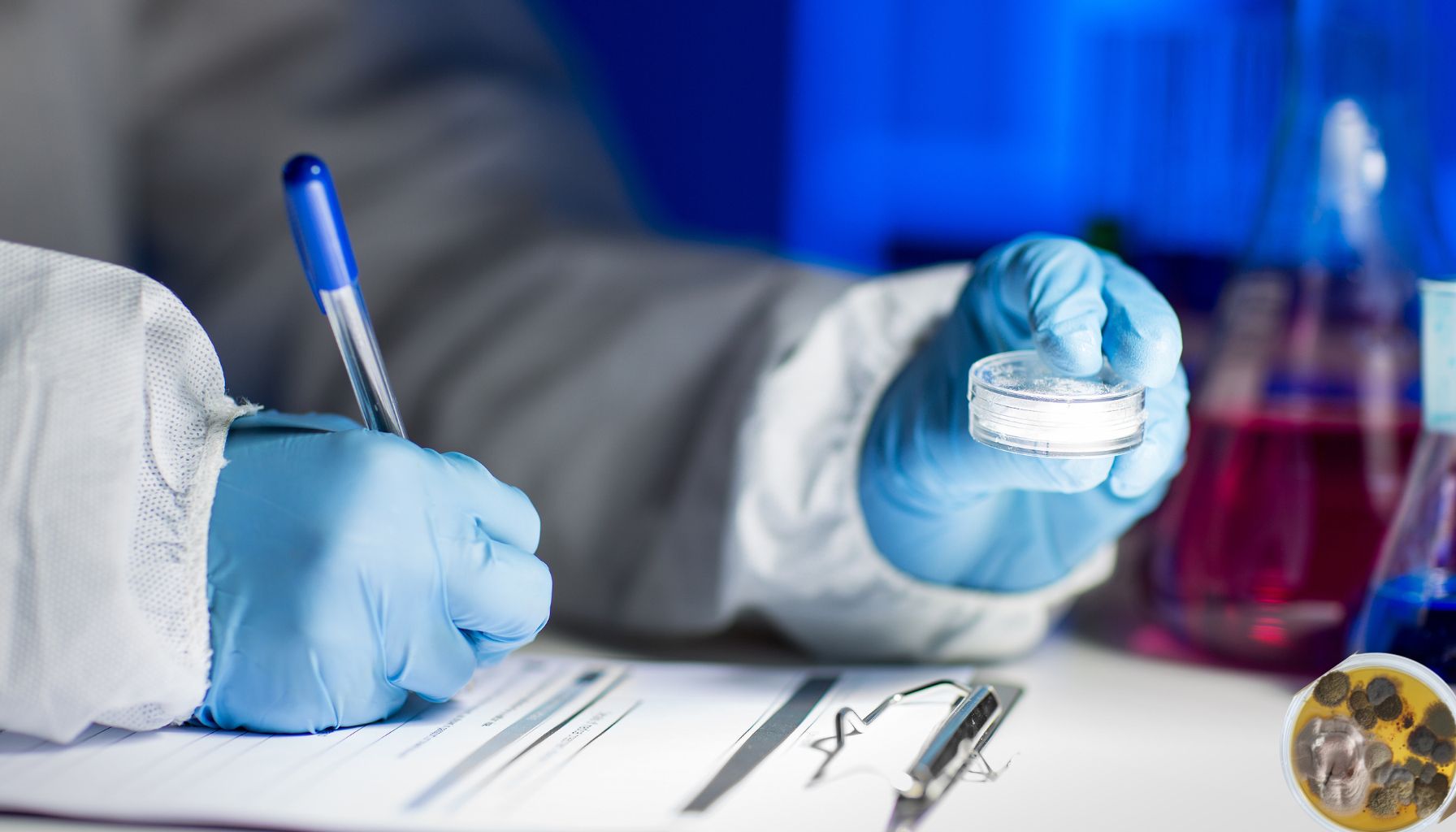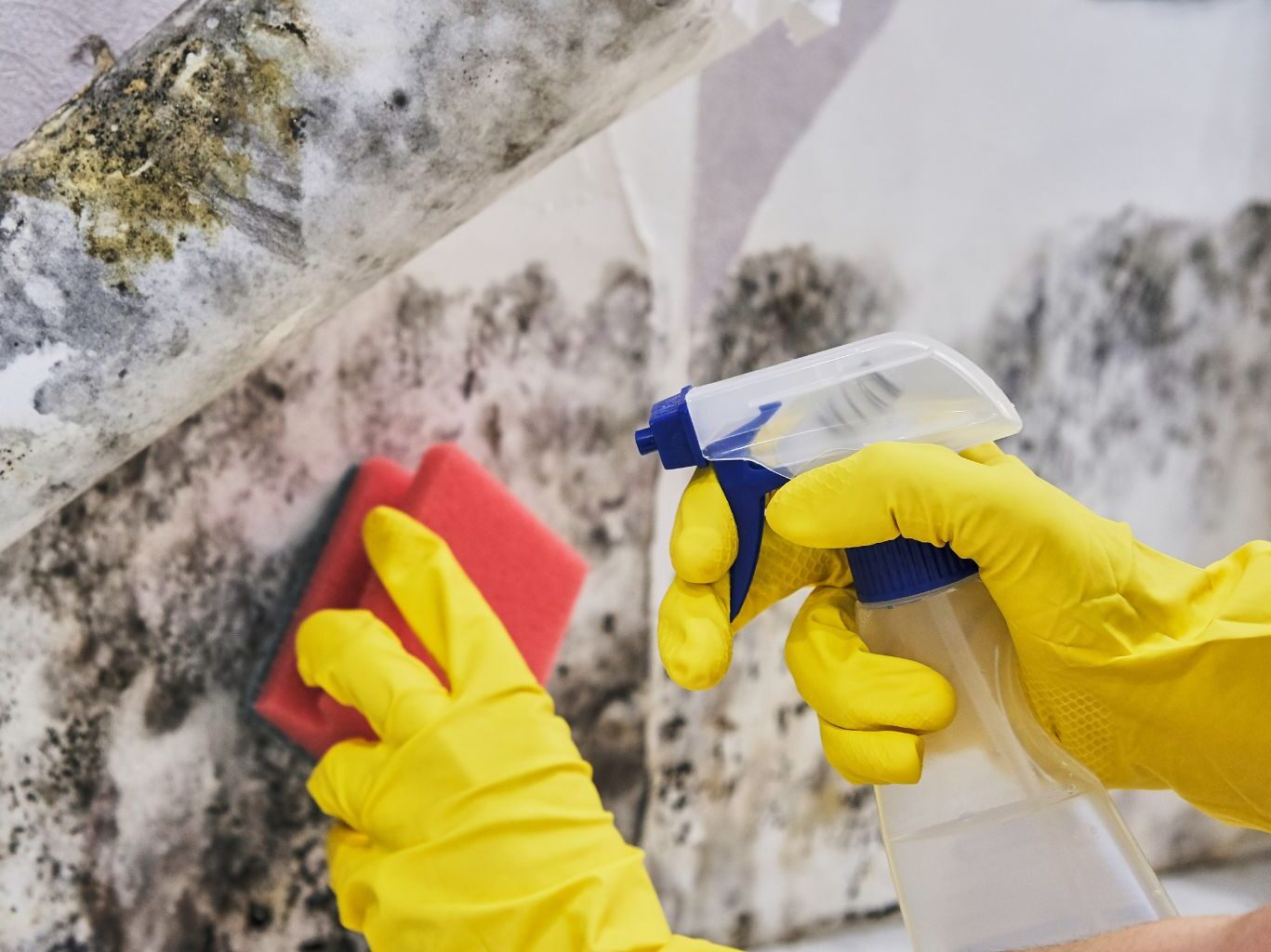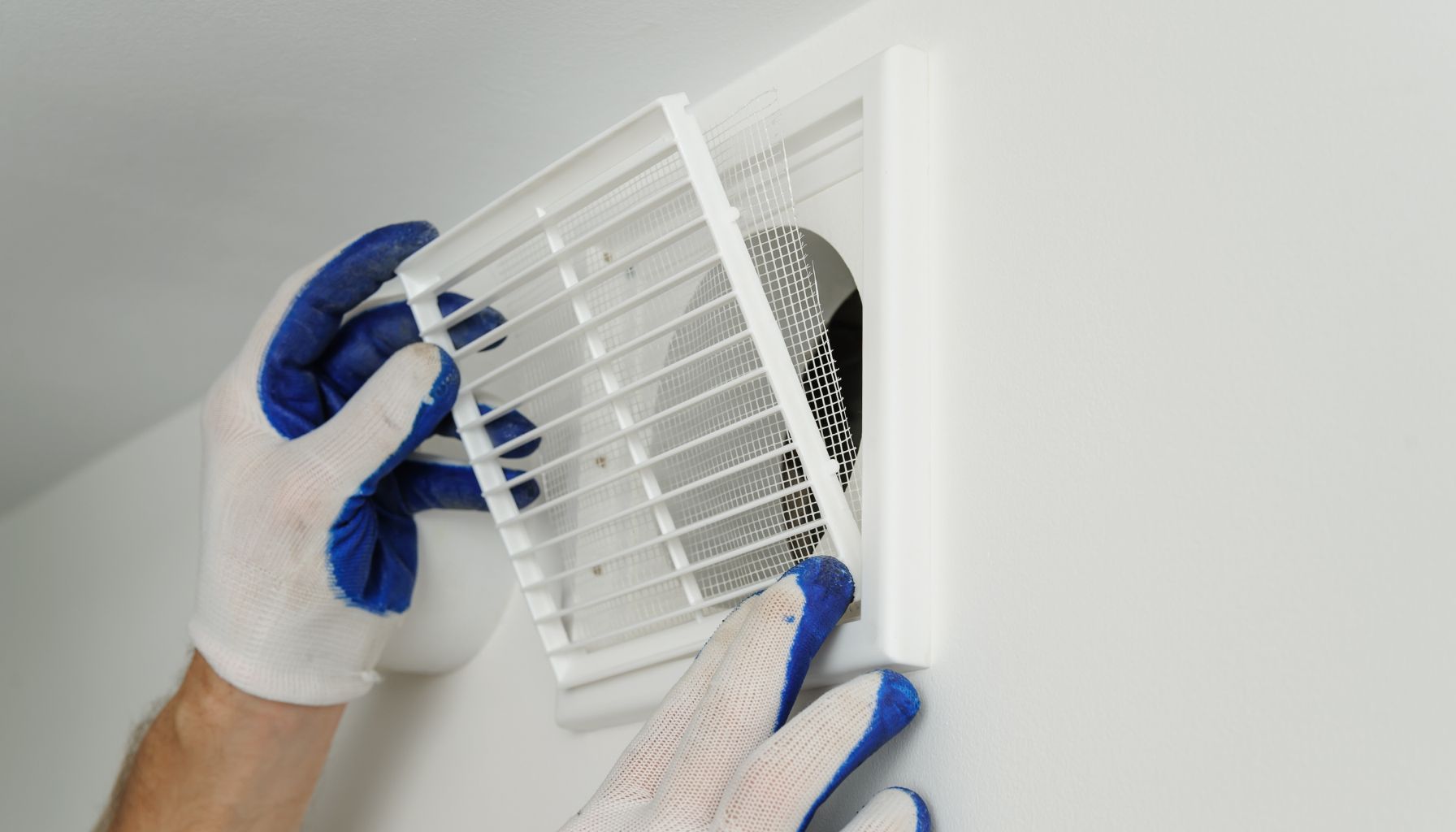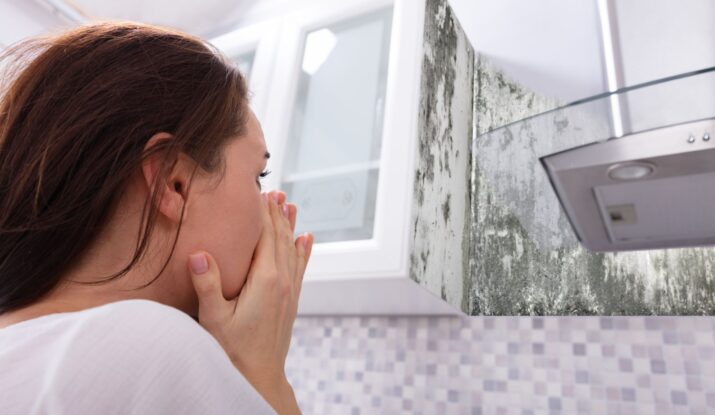So, you’ve just discovered mold in your home…
Don’t panic, because we’ve got you covered. In this article, we will guide you through the important steps you need to take after finding mold. From assessing the extent of the infestation to safely removing it and preventing future growth, we’ve got all the information you need to handle this situation like a pro. Mold may be a common issue, but with the right approach, you can effectively address it and create a healthier living environment for you and your loved ones. Let’s jump in and tackle this mold problem together!
Identification of Mold
Identify the type of mold
When you discover mold in your home, it’s important to identify the type of mold you’re dealing with. There are many different types of mold, but some common ones include Aspergillus, Penicillium, and Stachybotrys (also known as black mold). Each type of mold has its own characteristics and potential health effects, so knowing what you’re dealing with can help guide your next steps.
Effects of varied mold types
Different types of mold can have varying effects on your health. Some molds produce allergens, which can cause allergic reactions such as sneezing, coughing, and itchy eyes. Other molds produce mycotoxins, which can lead to more severe health issues such as respiratory problems and neurological symptoms. Knowing the specific type of mold in your home can help you better understand the potential health risks associated with it.
Importance of correct mold identification
Correctly identifying the type of mold in your home is crucial for several reasons. Firstly, it allows you to take appropriate precautions to protect yourself and your family. Some molds are more harmful than others, so knowing the specific type can help you determine the necessary safety measures to take. Secondly, identifying the mold can help you choose the most effective remediation methods. Different types of molds may require different treatment strategies, so accurate identification is vital for successful mold removal.
Safety Precautions
Wearing protective gear
When dealing with mold, it’s important to prioritize your safety. Wearing appropriate protective gear, such as gloves, goggles, and a respirator, is essential to minimize your exposure to mold spores and potential allergens. These items act as a barrier between you and the mold, reducing the risk of inhaling harmful particles and coming into direct contact with the mold.

Avoiding direct contact
In addition to wearing protective gear, it’s important to avoid direct contact with mold whenever possible. Touching or disturbing mold can release spores into the air, which can then spread to other areas of your home. It’s best to minimize contact with mold-infested materials and surfaces to prevent further contamination.
Limiting exposure
To further protect yourself and your loved ones, it’s important to limit your exposure to mold. This means avoiding spending extended periods of time in areas heavily affected by mold until proper remediation has been completed. Additionally, consider temporarily relocating vulnerable individuals, such as those with respiratory conditions or compromised immune systems, until the mold issue has been resolved.
Mold Testing
Process of mold testing
Mold testing involves inspecting your home for mold growth and collecting samples for analysis. The process generally begins with a visual inspection, where a professional looks for signs of mold, such as discoloration, musty odors, and water damage. Samples may be taken from affected areas and sent to a laboratory for further analysis, including identification of the type of mold present.
When to call a professional
While it’s possible to conduct some basic mold testing yourself, it’s often best to call a professional for accurate and reliable results. A professional mold inspector has the knowledge and experience to identify mold growth, assess its severity, and collect samples correctly. They can also provide recommendations for remediation based on the specific mold type and extent of the infestation.
Interpreting mold testing results
Once the mold testing is complete, you’ll receive the results and analysis from the laboratory. This information will help you understand the type and quantity of mold present in your home. It’s important to work with a professional or expert who can interpret these results accurately and provide guidance on the appropriate steps to take for remediation.

Data Documentation
Recording where mold was found
When dealing with a mold issue, it’s crucial to document where the mold was found in your home. This documentation serves as a reference for future remediation efforts and helps identify potential areas of concern. By keeping a record of the affected areas, you can track the progress of remediation and ensure all areas have been thoroughly addressed.
Details to include in documentation
When documenting the presence of mold, be sure to include specific details such as the location, extent of the infestation, and any visible damage or moisture sources. It’s also helpful to include photographs or videos to provide visual evidence of the mold growth. The more comprehensive your documentation, the better equipped you’ll be to communicate the situation to remediation professionals or insurance providers.
How documentation aids in remediation
Accurate and detailed documentation is essential for effective mold remediation. It helps professionals understand the scope of the problem and devise appropriate strategies for removal. By providing thorough documentation, you can ensure that all affected areas are properly identified and treated, minimizing the risk of recurring mold issues.
Stop Source of Moisture
Identifying source of moisture
To prevent mold growth, it’s important to identify and address the source of moisture in your home. Mold thrives in damp environments, and without addressing the underlying cause, mold remediation efforts may be futile. Common sources of moisture include leaks, condensation, high humidity levels, and poor ventilation. By identifying and correcting these issues, you can effectively stop the moisture that promotes mold growth.
Importance of stopping moisture to prevent mold growth
Stopping the source of moisture is crucial because without it, mold cannot grow or survive. Mold spores are present in the environment, but they require moisture to germinate and proliferate. By eliminating or minimizing moisture, you create an unsuitable environment for mold to thrive, reducing the likelihood of mold growth and recurrence.
Solving moisture problems
Once you’ve identified the source of moisture, it’s important to address and solve these problems promptly. This may involve repairing leaks, improving ventilation, using dehumidifiers in humid areas, or implementing proper insulation to reduce condensation. Seeking professional assistance, such as a plumber or HVAC technician, can help ensure that the moisture issues are effectively resolved, reducing the risk of mold growth.
Containment of Affected Area
Procedures for containment
When dealing with mold, it’s essential to contain the affected area to prevent the spread of spores to other parts of your home. This is especially important during remediation, as disturbing mold can release spores into the air. Containment involves using physical barriers such as plastic sheeting and negative air pressure systems to isolate the affected area and create a controlled work environment.
Purpose of containment
Containment serves several purposes during mold remediation. Firstly, it minimizes the risk of cross-contamination by preventing mold spores from spreading to uncontaminated areas. Secondly, it helps protect remediation professionals and occupants from exposure to mold spores. Lastly, containment allows for more effective and efficient removal of the mold, as it concentrates the efforts on a defined area.
Possible risks without proper containment
Without proper containment, mold spores can easily spread throughout your home, leading to new areas of contamination. This can make the remediation process more challenging and costly. Additionally, without containment, occupants may be exposed to higher levels of mold spores, increasing the risk of health issues. Proper containment measures are therefore crucial for successful mold remediation.
Mold Remediation Process
Methods of mold remediation
Mold remediation typically involves several steps to ensure thorough removal and prevention of mold growth. The specific methods used may vary depending on the extent and severity of the mold infestation. Common remediation techniques include physical removal and disposal of contaminated materials, cleaning and disinfection of surfaces, and addressing underlying moisture issues to prevent future mold growth.

Role of professionals in remediation
While minor mold issues can sometimes be resolved by homeowners, it’s often best to seek professional assistance for larger or more severe infestations. A professional mold remediation company has the expertise, equipment, and experience necessary to safely and effectively remove mold from your home. They can also help identify and address any underlying issues that may contribute to mold growth, ensuring a thorough and long-lasting solution.
Safety measures during remediation
Mold remediation involves potential risks, such as exposure to mold spores and cleaning products. Professionals take necessary safety measures to protect themselves and occupants during the process. These measures may include wearing personal protective equipment (PPE), using containment systems, and employing specialized ventilation and air filtration devices. Following proper safety protocols is essential for a successful and safe mold remediation.
Post-remediation Evaluation
Post-remediation mold testing
After mold remediation, it’s important to conduct post-remediation mold testing to ensure that the remediation process was successful. Post-remediation testing involves inspecting the treated areas for any remaining mold spores and verifying that the levels are within acceptable limits. This testing gives you peace of mind, knowing that the remediation efforts effectively addressed the mold issue.
Evaluating remediation success
During the post-remediation evaluation, professionals assess the treatment effectiveness by comparing the results of the mold testing to pre-remediation levels. A successful remediation will show a significant reduction in mold spore counts and a return to normal fungal ecology. If the testing reveals elevated mold levels, further remediation may be required to fully eliminate the mold problem.
Dealing with recurring mold issues
In some cases, mold issues may reoccur despite remediation efforts. This could be due to ineffective treatment, unresolved moisture problems, or hidden mold sources. If you continue to experience mold growth after remediation, it’s important to consult with professionals to identify the underlying cause and take appropriate actions to prevent further recurrence.
Reconstruction of Affected Areas
Steps in reconstruction
After mold remediation, it may be necessary to reconstruct and restore the areas that were affected by the mold. This process usually involves repairing or replacing damaged materials, such as drywall, insulation, or flooring. The steps in reconstruction vary depending on the extent of the damage but generally include removing damaged materials, addressing any remaining moisture issues, and installing new materials to restore the affected area.
Working with construction professionals
Reconstruction after mold remediation often requires the expertise of construction professionals, such as contractors or builders. These professionals can assess the extent of the damage, recommend appropriate materials and techniques, and ensure that the restored areas meet safety and quality standards. Working with experienced professionals will help you restore your home to its original state and minimize the potential for future mold growth.
Restoring the home to its original state
The goal of reconstruction after mold remediation is to restore your home to its pre-mold condition. This includes addressing any structural damage, replacing affected materials, and ensuring proper insulation and ventilation. By restoring the affected areas to their original state, you can create a healthier and mold-free living environment for you and your family.
Prevention of Future Mold Growth
Effective strategies for mold prevention
Preventing future mold growth is essential to maintain a healthy home environment. Some effective strategies for mold prevention include controlling indoor humidity levels, promptly addressing leaks and water damage, promoting proper ventilation, and regularly cleaning and maintaining your home. By implementing these preventative measures, you can significantly reduce the risk of mold growth.

Regular home maintenance to prevent mold
Regular home maintenance plays a crucial role in preventing mold growth. This includes regularly inspecting your home for leaks, ensuring proper drainage systems, cleaning and maintaining HVAC systems, and promptly addressing any signs of moisture or water intrusion. By staying proactive and addressing potential issues early on, you can prevent mold from taking hold in your home.
Knowing when to call a professional
While regular home maintenance and preventative measures are important, there are instances where it is necessary to call a professional for assistance. If you encounter extensive water damage, persistent mold growth, or are unsure about the source of moisture, it’s best to seek expert advice. A professional can assess the situation, identify any underlying issues, and provide guidance on the most effective preventative measures for your specific circumstances.
Taking the necessary steps after discovering mold in your home is vital for both your health and the integrity of your property. By properly identifying the type of mold, following safety precautions, conducting mold testing, documenting data, stopping the source of moisture, containing the affected area, engaging in a thorough mold remediation service, evaluating the results, reconstruction, and implementing preventative measures, you can successfully address mold issues and create a mold-free environment in your home. Remember, when in doubt, always consult with professionals to ensure proper handling of mold-related situations.
Contact PureOne Services Now
Disclaimer: All PureOne Services locations do not hold all of these listed certifications.



